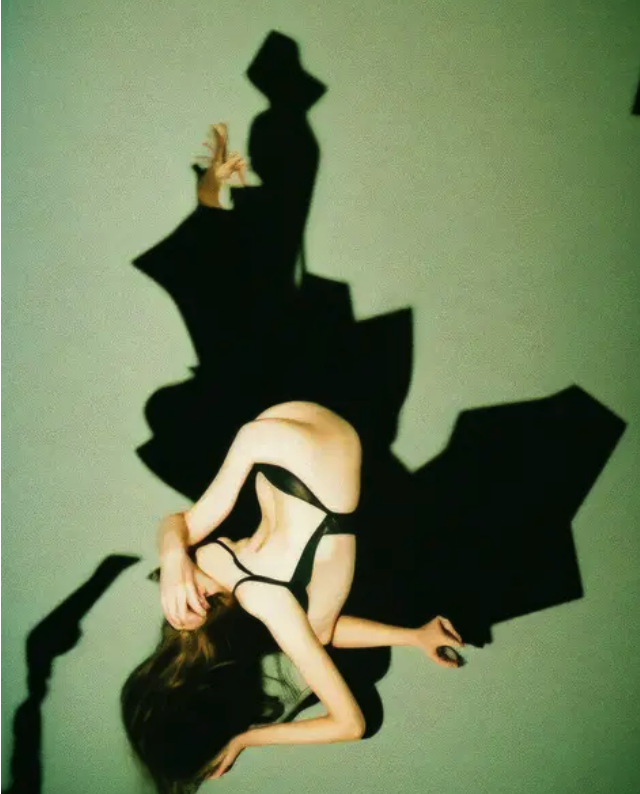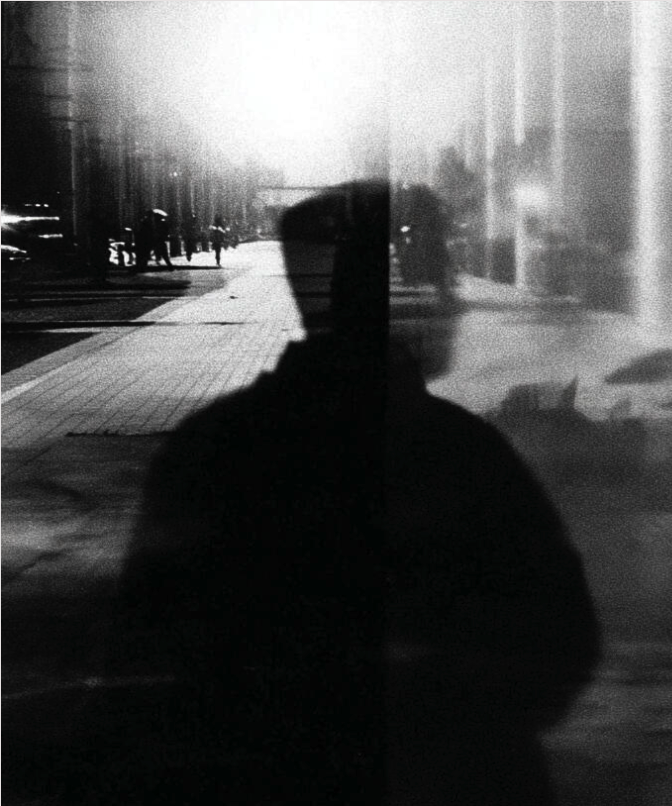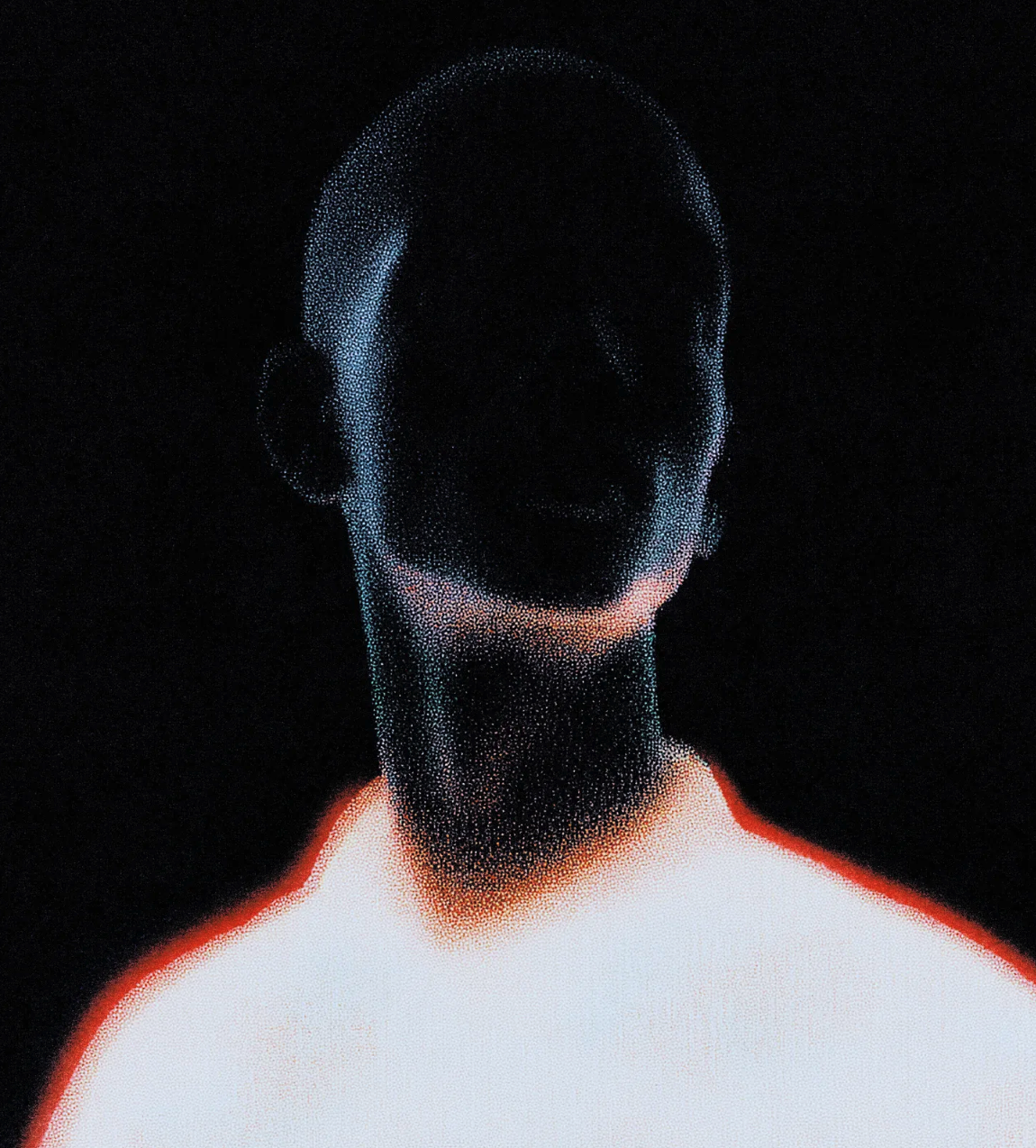AI + Art = New Voices
New creative voices are providing the ancient journal of art history with fresh insights and original perspectives on humanity's rapidly evolving relationship with technology.
DISTORTD PERFECTION, by Ivona Tau
The images being created with code, data, math, and prompts are so astonishing that even art professionals are still trying to figure out what to make of them. Are these objects art, fine art, or just cool stuff that people make?
Humans become attached to creative objects that excite them, no matter how humble. These things become dear to us, and we call some of them art. Fine art is a higher bar to reach. In a perfect world, calling something fine art implies that the image/object is uniquely profound. That it communicates meaning, is relevant, perhaps rare, and that its creative spirit remains timelessly intact.
The question of tech-art’s worthiness revolves around the idea that the tools being used are not simple instruments, such as paintbrushes or pencils, but rather autonomous collaborators. Critics claim that smart tools undermine the object’s conceptual value and cheapen its emotional impact because the ideas are enhanced by technology, and the human touch is not self-evident.
So, how far from handcrafting and conceptual control can an object stray before it’s viewed as a mere product? Lots of “important” fine artists have used machines or mass production methods to produce their work. Andy Warhol’s screen-printed Campbell’s soup cans, for example, were mechanically produced, yet we call them fine art. You can buy coffee cups that bear the same images, but we call them mugs. When respected critics refer to tech media as “AI Slop,” how do we know if a digital print is destined to become fine art or the mug?
The recognized artist Ivona Tau answered the critics with this reply.
“Work with AI can be meaningful; it all depends on how it’s used.”
A Life Passed By, AI Film by Ivona Tau
I would add it also depends on who’s using it. When a new art form is invented, it attracts people who have an interest in the medium. Most of the tech-creators I’ve met have worked in IT or know how to code. Many were already creating art with traditional tools, but all of them had a creative drive that was left unfulfilled. The discovery of imaging technology capable of complexity was the lure that pulled them into the uncharted digital landscape. Now their voices are providing the ancient journal of art history with fresh insights and original perspectives on humanity’s rapidly evolving relationship with technology.
I’ll let a few of the creators explain their motivation.
“What I look for is hybrid alchemy, a space where physical and digital collide in a shared domain. My practice is a constant interplay between matter and image, form and absence.”
MYSTIC VOID, an AI film by SKYGLOPE
“I’ve always been fascinated by liminality, imagining worlds that feel eerie yet familiar, and AI naturally enables that. My approach is almost paradoxical: the process is digital, but I print traditionally, letting tactile qualities and textures become part of the work. For me, AI isn’t just a tool, it’s a bridge between imagination and material reality.”
SH 07 by Fabio Matos Cruz
“When I began working with large corporate data sets, I saw the different realities that data revealed. It had a sentience that discovered patterns we humans missed. Those experiences gave me the confidence to begin creating with data. In my artwork, for example, I let the data choose the colors. For humans, color is a cultural phenomenon. When data selects colors, it forms its own culture. Those colors generate new associations, and they expand our awareness of the patterns that define us and the biases that limit us.”
“Perhaps AI is today’s equivalent of the paint tube: a new tool that allows thoughts and emotions to move into images faster than before. But its true potential lies not in precision, nor in logic, but in the moments when it produces something unforeseen. That’s where art begins.”
Serifa Issue 14, by Nastassja Able & Christian Otto
Alejandro Cartagena is a director with the physical and online gallery Fellowship.
Due to the volume of work he sees and considers for exhibition, his critical eye is thoughtful, and his choices are sophisticated. He shares a few impressions on his aesthetic awakening.
“My moment of connection with generative AI tools came in late 2022 when I saw cross-pollination between photographic images and AI-generated images. The AI ones were clunky and fractured, but were still able to carry the same sort of meaning that photographic images could. That, for me, set off an alarm (a good one) that art, especially photography, was about to change forever. Art created with digital tools and or displayed digitally seems like a space that all artists should be addressing. These are tools that are shaping our world, and we need more commentary on how they look, work, mean, and do.”
He goes on to describe the professional challenges he embraces and confronts.
“At Fellowship, we very much cherish the lack of bureaucracy in offering digital work. We can do historical, conceptual, and aesthetic jumps that, in a more traditional context, would take too much to pull off. The immediacy creates problems too, but I do see it in line with our way of life, where art, commerce, and content collide with each other to create one of the most daring visual moments of our existence.
So many barriers have fallen in terms of what can be seen and considered as art, that we somehow strive to be in the middle of it all, contributing and proposing ideas of what can be appreciated as art today.”
I think Alejandro is correct, this is a “daring visual moment.” New voices, new subjects, and new ways to exhibit allow us to consider anew - what we call art in the age of AI.
Links to the artists –
Ivona Tau - www.fellowship.xyz/artist/ivona-tau
SKYGOPLE - www.fellowship.xyz/exhibition/ctrl-absence-by-skygople
Fabio Matos Cruz - www.fabiomatoscruz.com
James Pricer - www.jepricer.com
Serifa = Nastassja Able & Christian Otto - www.serifa.substack.com





